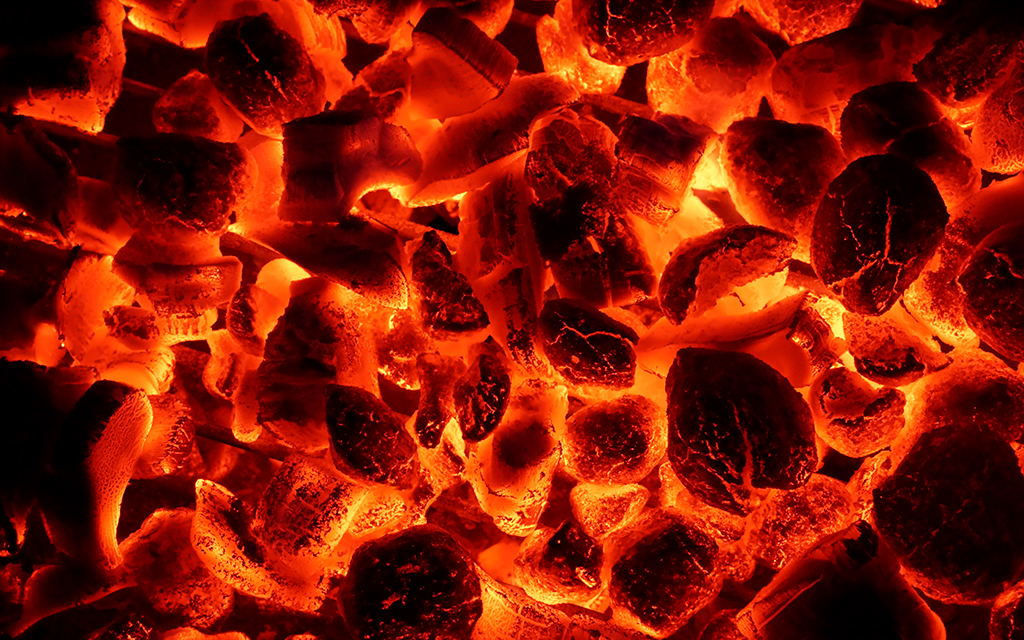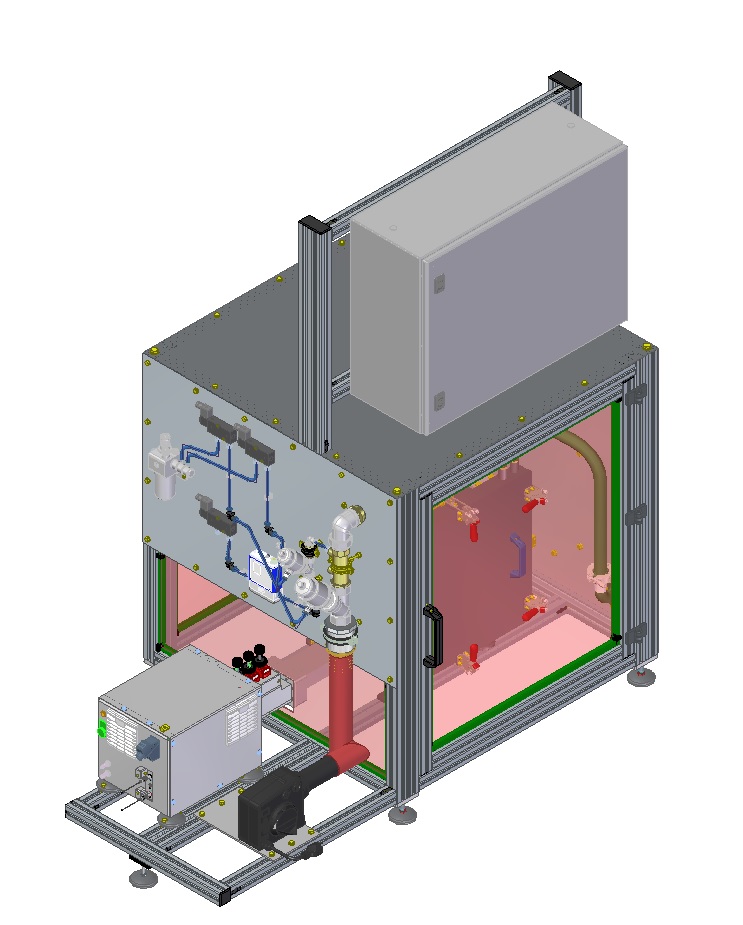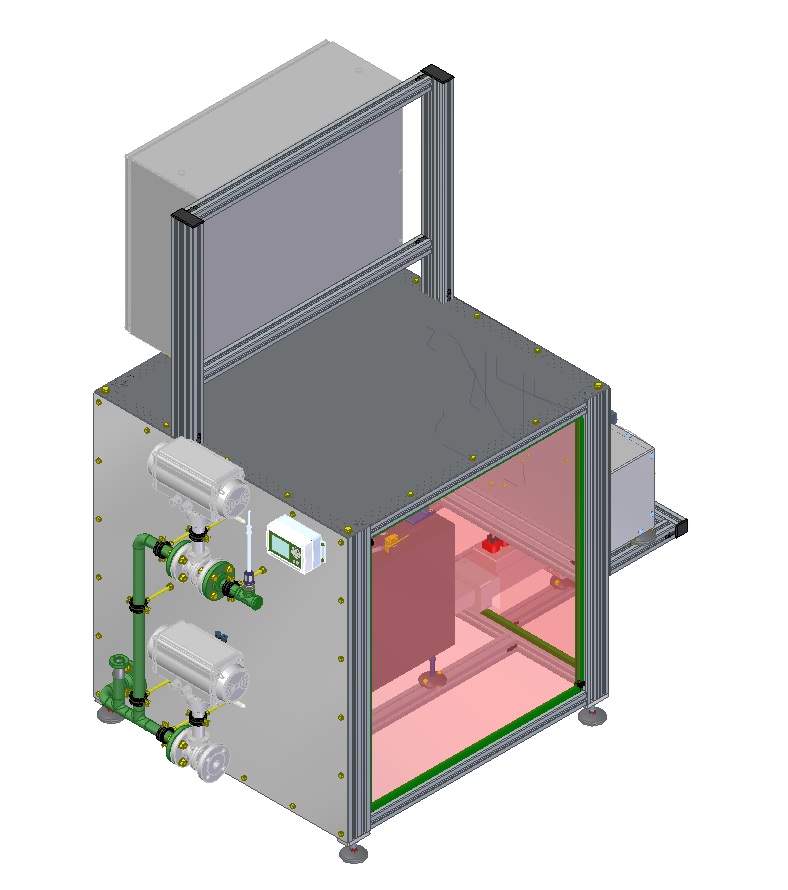The FLEXBY project is pioneering the development of sustainable, high-efficiency biofuels using microwave-assisted pyrolysis and hydrogen-free hydrodeoxygenation. A key milestone in this effort is the completion of a report on the Simulation Model of the Microwave Pyrolysis, which outlines the design, simulation, and operational strategy of a novel pyrolysis reactor tailored to process algae-based waste.

Advanced Simulation for High-Efficiency Conversion
At the core of the reactor’s design is the integration of electromagnetic simulations using CST Studio Suite, which allowed researchers to optimise the reactor geometry for uniform microwave field distribution. The feedstocks—microalgae and macroalgae cultivated in wastewater—underwent dielectric characterisation to ensure effective energy absorption across a range of moisture levels.

The reactor operates in two stages:
- Microwave drying, reducing feedstock moisture from 80% to 10–15%.
- Microwave pyrolysis, thermally decomposing biomass under nitrogen atmosphere at temperatures up to 700°C.
This dual-stage configuration enables seamless transition between drying and pyrolysis in a single batch-mode chamber, improving both process efficiency and footprint.
Innovative Design Features
Several technological innovations define the FLEXBY pyrolysis reactor:
- A circularly polarized spiral antenna ensures uniform energy distribution.
- Real-time monitoring via infrared cameras and humidity probes enables precise control of temperature and drying rates.
- Advanced control algorithms allow for fine-tuning of microwave power, drying duration, and pyrolysis timing.
- Built-in safety systems, including hydrogen leak detectors, pressure relief valves, and interlock mechanisms, ensure safe operation under inert conditions.
These features not only improve performance but also support scalability for industrial biofuel production.

Validated Performance and Scalability
The conceptual design was developed collaboratively by project partners and calibrated using parameters such as bulk density and moisture content of the feedstock. Simulation results confirmed the reactor’s ability to achieve consistent heating and stable electromagnetic coupling, even under variable operating conditions.
Capable of processing up to 2 kg of biomass per cycle, the reactor demonstrated optimal thermal response and adaptability, affirming its readiness for the next phase—physical construction and real-world testing.
Next Steps Toward Implementation
With simulation successfully completed, the FLEXBY team is now preparing for reactor fabrication and prototype testing. The ultimate goal is to integrate the reactor into a broader biofuel production line that includes hydrogen-free hydrodeoxygenation, biohydrogen valorisation, and biochar applications.
By enabling efficient conversion of wastewater-derived algae and industrial residues into renewable fuels, the FLEXBY microwave pyrolysis system is expected to play a transformative role in sustainable energy.
Read the full report here >